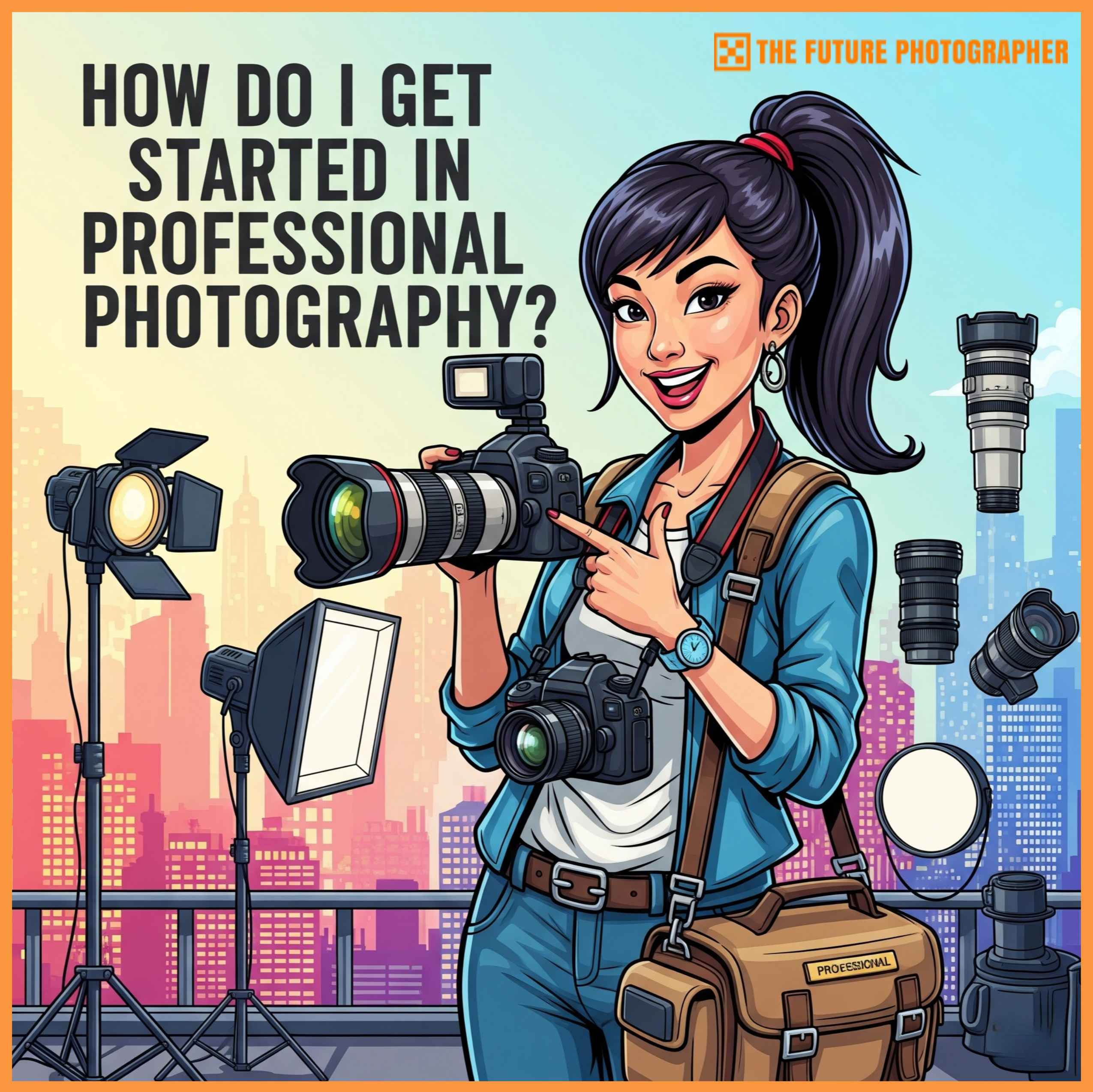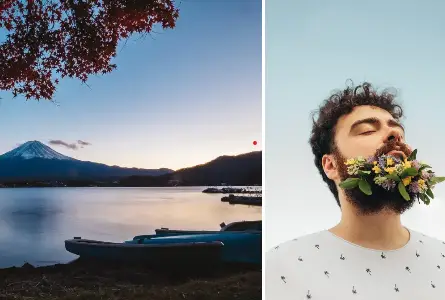
Some of the hardest questions at the beginning of your journey are: What do you want to do—portrait or landscape photography? What lens should I buy? Which type is harder, and which one is more fun? From a photographer’s point of view, the answer is “you should know both”. So, in this article, we are going to talk about these two big categories: portrait and landscape photography, the key differences between them, and why you need to master them both.


Photography at Start
We all know what it’s like when you’re in the beginning and you take pictures of everything around you, from flowers to all of your family members. After a little time passes, you start to wonder if you have to choose a style that represents you more. If you go for the stereotypes, you have to be either a misunderstood artist who makes black-and-white portraits or a guy with camouflage clothes who sits in the woods and poses landscapes. Well, believe it or not, that’s not really the case!
So, in this article, we will discuss how much portrait and landscape photography are intertwined while noting the essential differences between them.
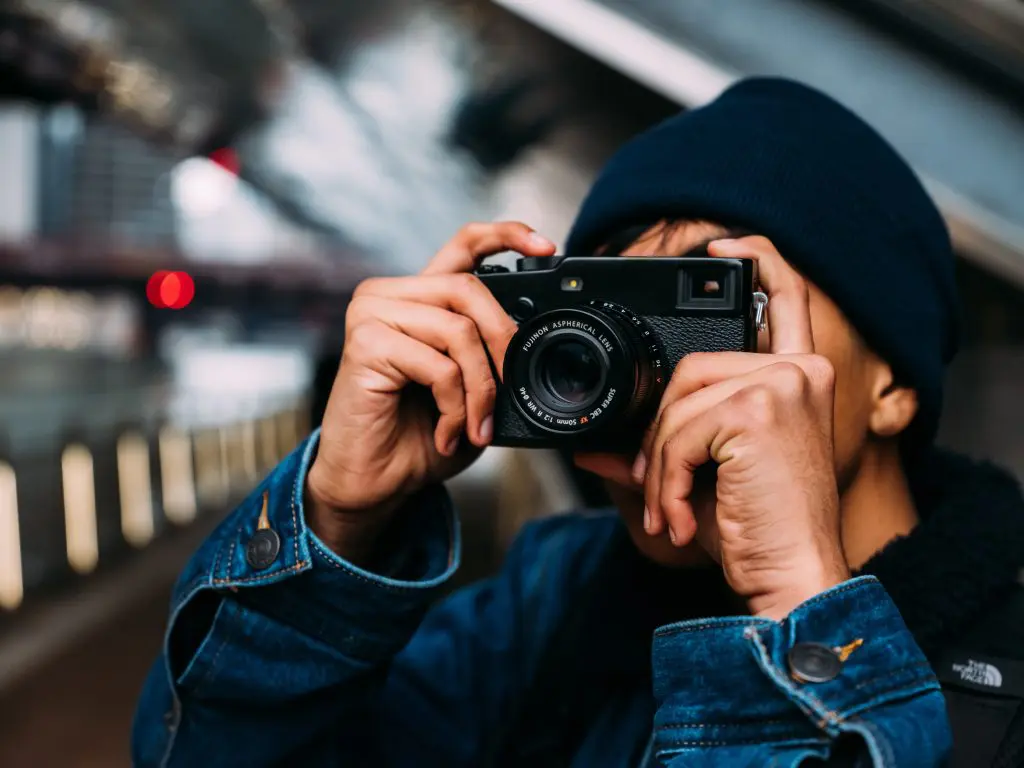
Portrait Photography
The portrait has many definitions among ordinary people and even photographers. Some say that it refers only to the position in which we hold the device, while others think it’s a must to take a photo of a person in order to have a portrait. At the same time, others consider a portrait to be a landscape photo of a human subject. So what is the portrait?
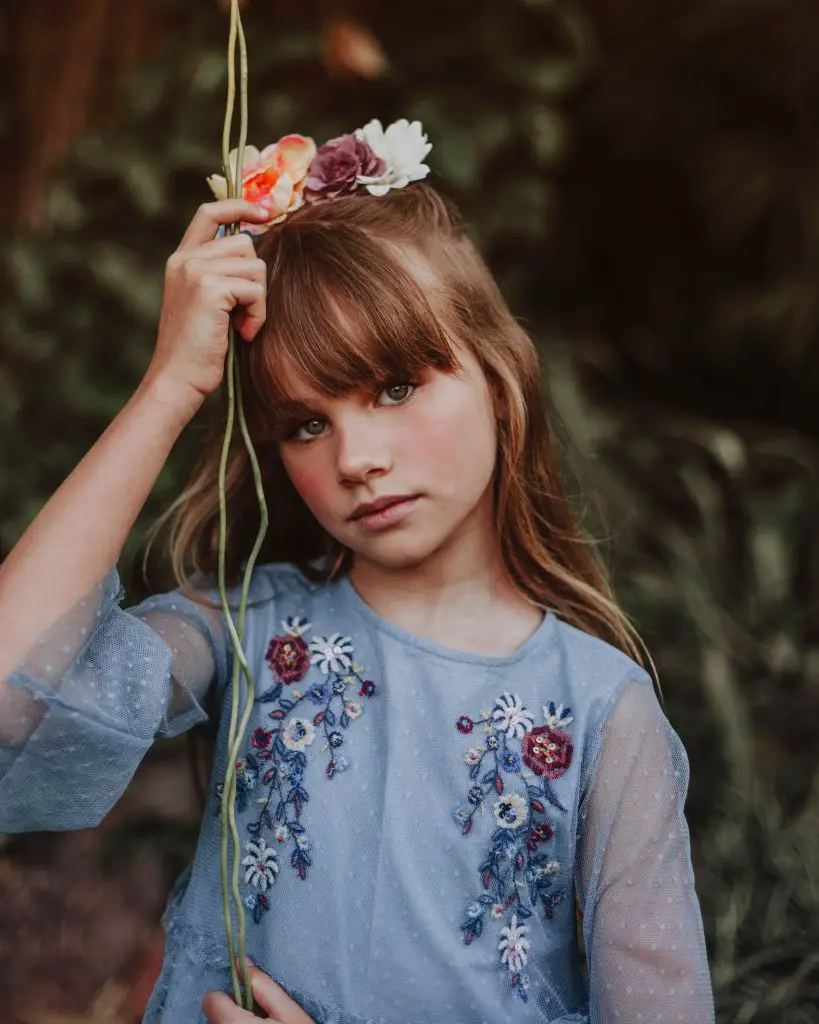
The portrait is the type of photo taken vertically in which we often frame objects or focus points much more clearly. Normally, in a portrait photo, we will look to have more depth of field to give a contour to the subject, be it a person or an object. This effect is best created with as long a focal distance as possible (50mm+) and a wide aperture, usually under f/2.4.
Secondly, in the portrait photo, you have to stay close to the subject and interact with him or her. Physical closeness is what portrait photography means. Also, let’s not forget that gorgeous blur that appears when you are as close to the subject as possible. That is a sweet spot when it comes to this type of photography.
Lastly, this type of photography is the one that flatters human emotion the best. However, a common obstacle for a portrait photographer is making the subject stop feeling nervous. Many times, the people you will take the pictures of will feel shy. So, it becomes your job to help them feel safe.
Landscape Photography
Yes, landscape photography refers to landscapes. So, in 99% of cases, the photographer will have in front of him a forest, a desert, or who knows what beautiful landscape will be captured in the city after a rainy day?
The main ally in this type of photography is a wide lens; the wider the better (for the eyefish effect, we have GoPro). Once you’ve picked a quite wide lens (35mm), what you should do next is to increase the aperture. How high? An f/8 to an f/11 is the most suitable – so, in this way, we do not even damage the image.
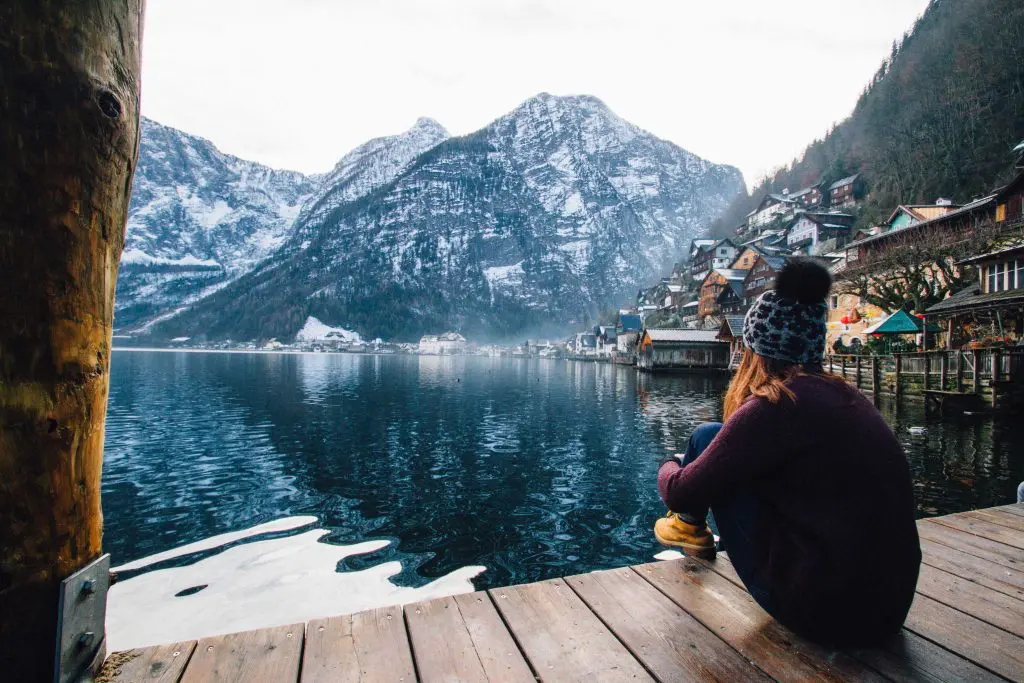
Now, we are going to talk about composition. One thing we must always try to do is divide our image into three plans. The plan next to us is, let’s say, the grass; the middle plan, let’s say the forest; and plan three which is often the sky. In this way, we create symmetry in the photo and the meaning of the plan.
Last but not least, the little secret called hyperfocal length is what we’ll discuss next. When we position ourselves to take the photo, we want the hyperfocal length to be centered and as far as possible. In this way, we ensure that everything will be in focus and as sharp as possible. And remember, a tripod will be your best friend in low-light situations or in any situation.
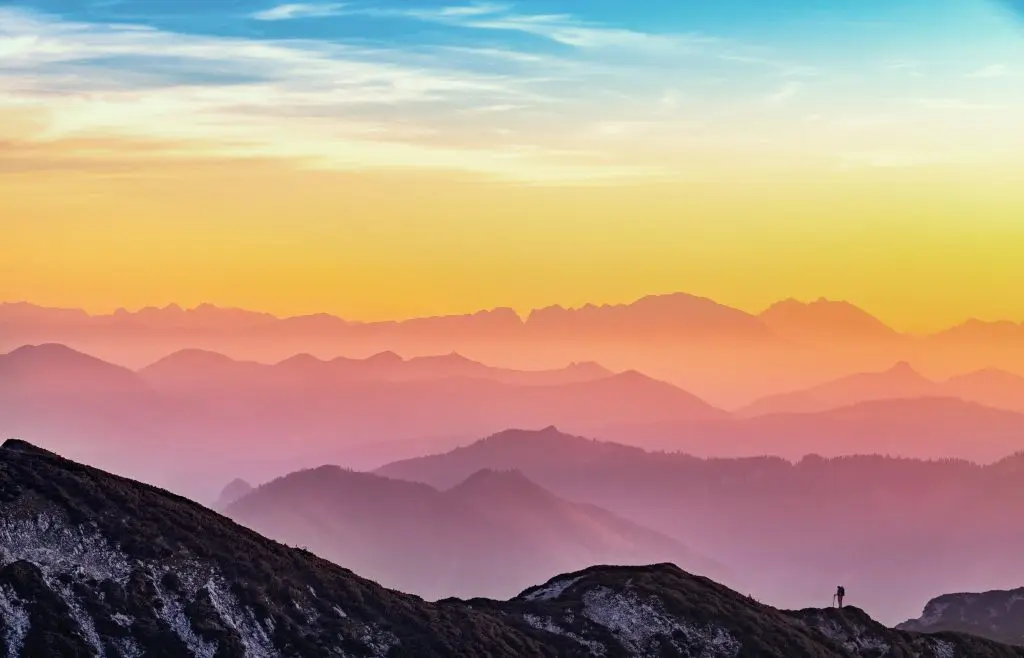
Portrait and Landscape Photography as a Team
Now that we have talked briefly about the two topics, let’s see how we can use them together. Can mastering one type of photography help you take better photos in the second style? Portrait photography teaches you to look in any landscape for a small subject that gives life to your photos. On the other hand, landscape photography teaches you how to find the right background and maybe how to use the light to your advantage. So always remember that a skilled photographer is the one who knows what to do in any situation.
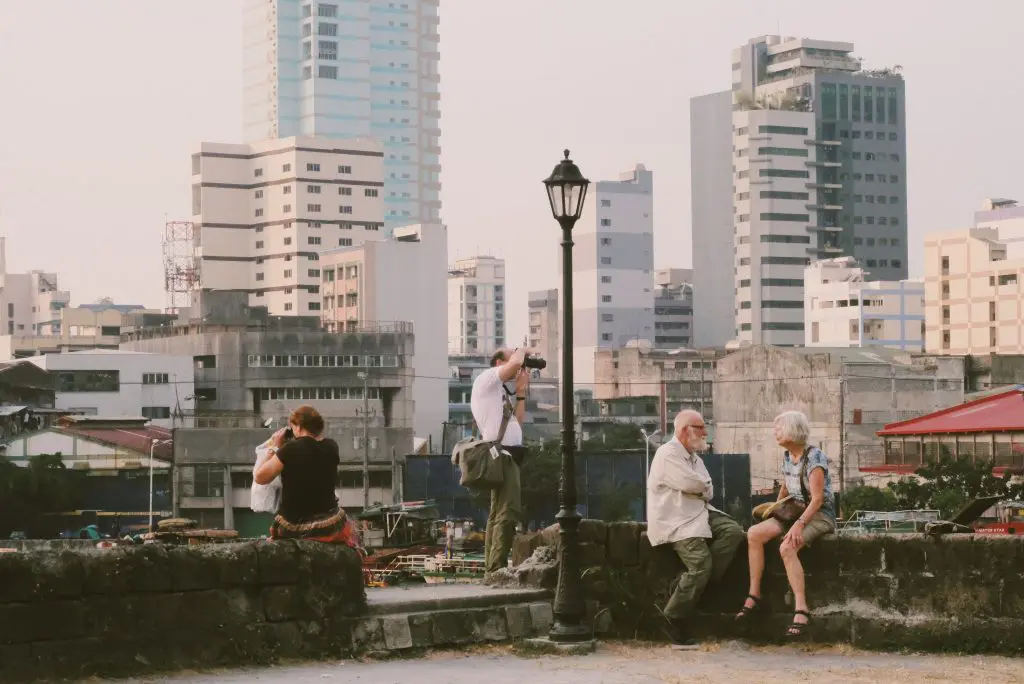
Lenses for Portrait and Landscape Photography
Lenses are everything when it comes to these two types of photography. Below, we’ll debate more clearly what lenses are best for each type.
We will start with landscape photography, which is somehow the friendliest. In this area, you will often encounter telephoto objectives that help you adapt to any situation. The most common variants are 16-35mm, 24-70mm, and 70-200mm.
Also, most cameras come with a lens in the kit and will have a telephoto lens such as the 18-55mm that will allow you to experience wide angles.
When it comes to portrait photography, fixed lenses or prime lenses are rightfully the most used. These lenses manage to provide that gorgeous blur and exceptional image clarity.
Lenses such as 50mm f/1.8 from Canon or Nikor will always be the best partners in starting this adventure. Lenses like 85mm and 200mm are already legendary, and prices will vary greatly depending on the manufacturer and the aperture. So, keep in mind that the price difference between a lens with f/1.4 and f/1.2 can be considerable.
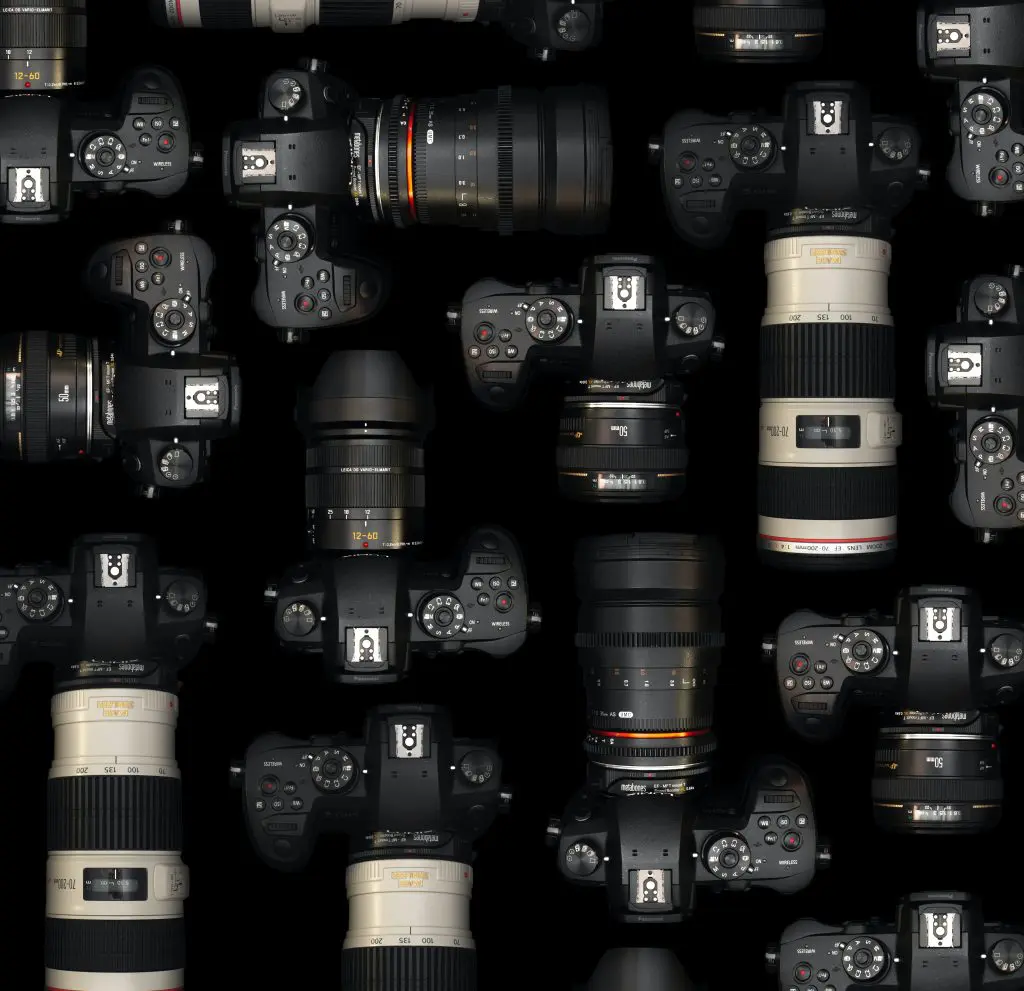
What’s Your Favorite Style of Photography?
Lastly, choosing the style of photography is something very personal. So, we must consider the direction we want to go, how much equipment we are willing to take with us, and what we wish to say through our photos. Portrait photography will always let you interact with people and highlight the little details that are forgotten or unseen by others. On the other hand, when you want to immortalize the peace on the edge of a lake or on top of a mountain, landscape photography, with its benefits, will be your suitable partner.
Whatever you choose, please keep in mind to let us all know in the comment section below. I’m always super excited to learn more about your photography experience and all your thoughts on the topic we discuss here.
Last but not least, if you’ve already decided on your path and need some cameras to choose from, don’t forget to take a look at my latest articles: The Best Mirrorless Camera for Beginners and Best Analogue Film Cameras in 2023.
Share:


